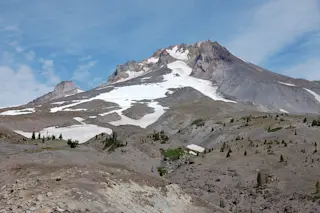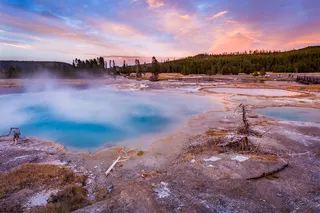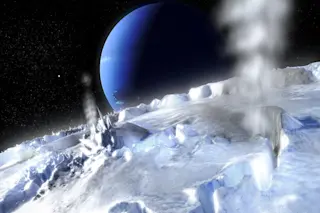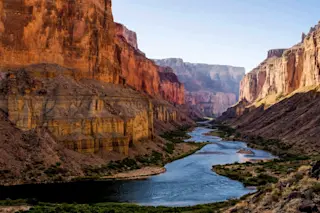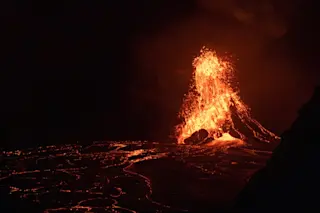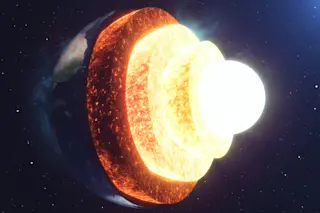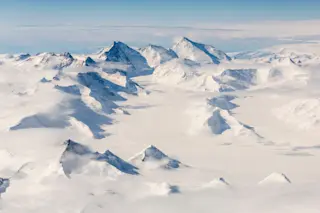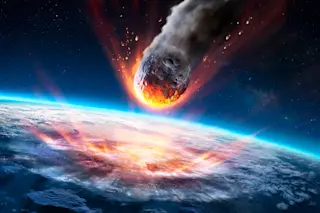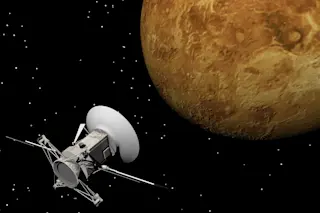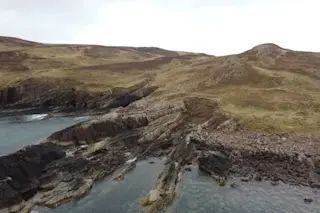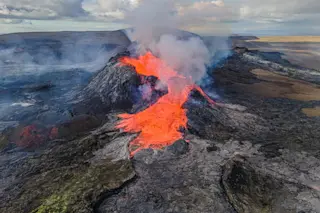Mt. Hood in Oregon. A new study by Cooper and Kent (2014) suggests that eruptible magma is only present for years to centuries before an eruption. Image: Erik Klemetti One of the biggest questions in petrology and volcanology today is the state of magma underneath an active volcano: is it solid, liquid, both? It is a question that drives a lot of my research at the Lassen Volcanic Center in California and is paramount in understanding the events that lead to an eruption. The classical model is that magma is stored under a volcano as a liquid (the "giant vat" model) that then erupts. This model has been supplanted by one of magmatic bodies that are partially solidified and then remobilized (rejuvenated) by new intrusions of hot magma from depth (the "crystal mush" model). However, the timing of these rejuvenation events is tricky: how long before an eruption are the ...
The Ephemeral Nature of Magma Prior to Eruption
Understanding eruptible magma is key to predicting volcanic activity, with new insights revealing its transient state beneath volcanoes.
More on Discover
Stay Curious
SubscribeTo The Magazine
Save up to 40% off the cover price when you subscribe to Discover magazine.
Subscribe

